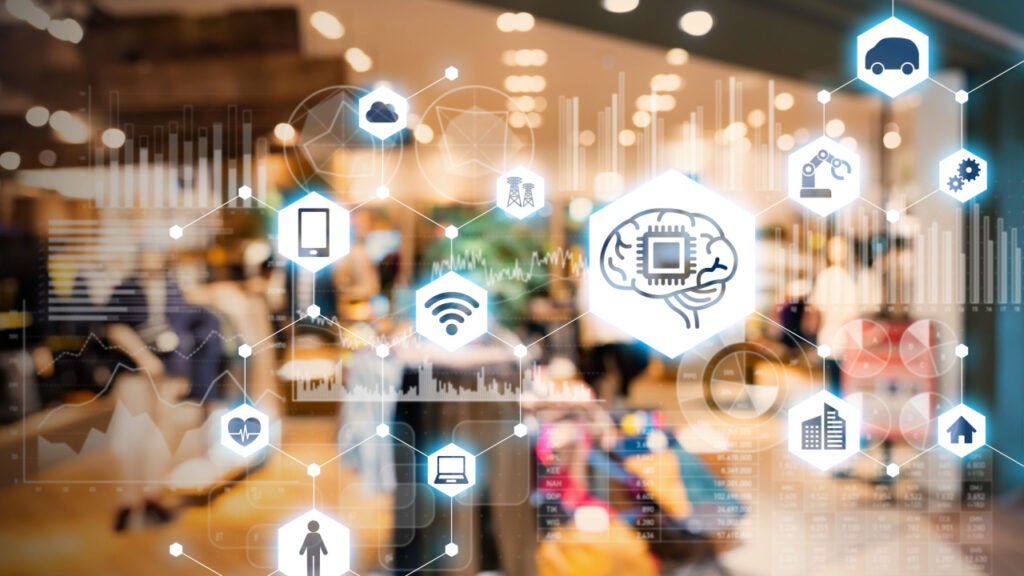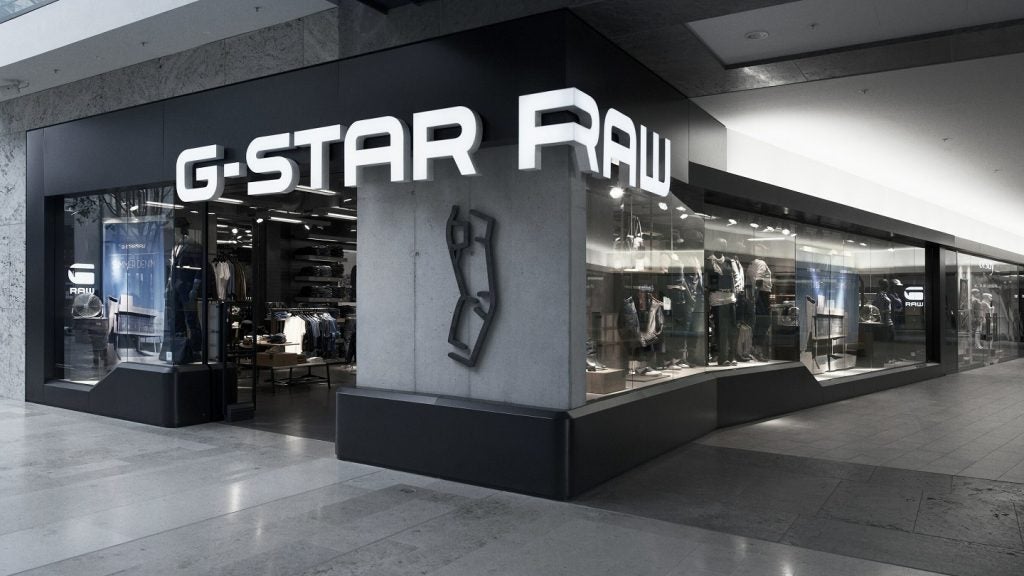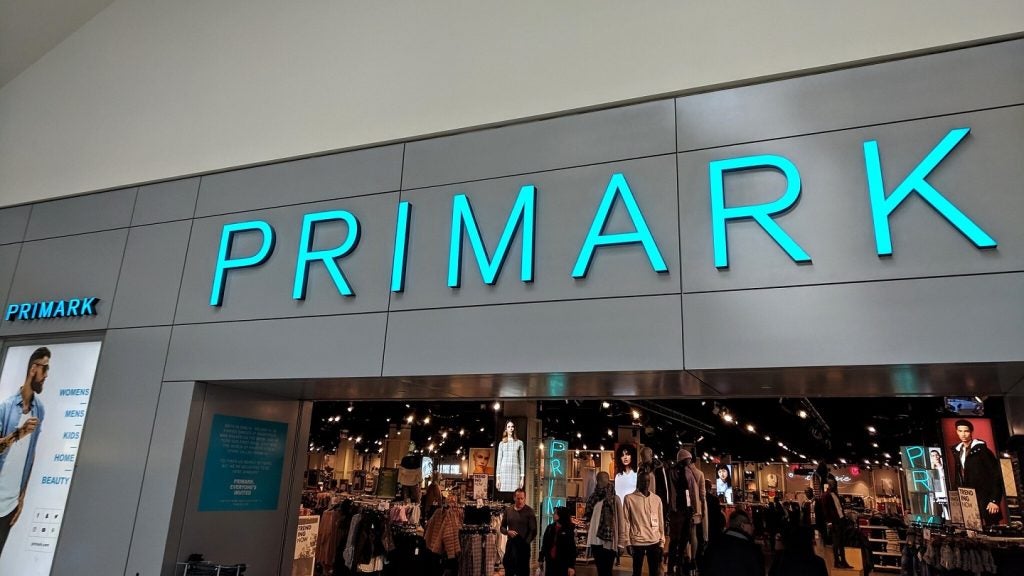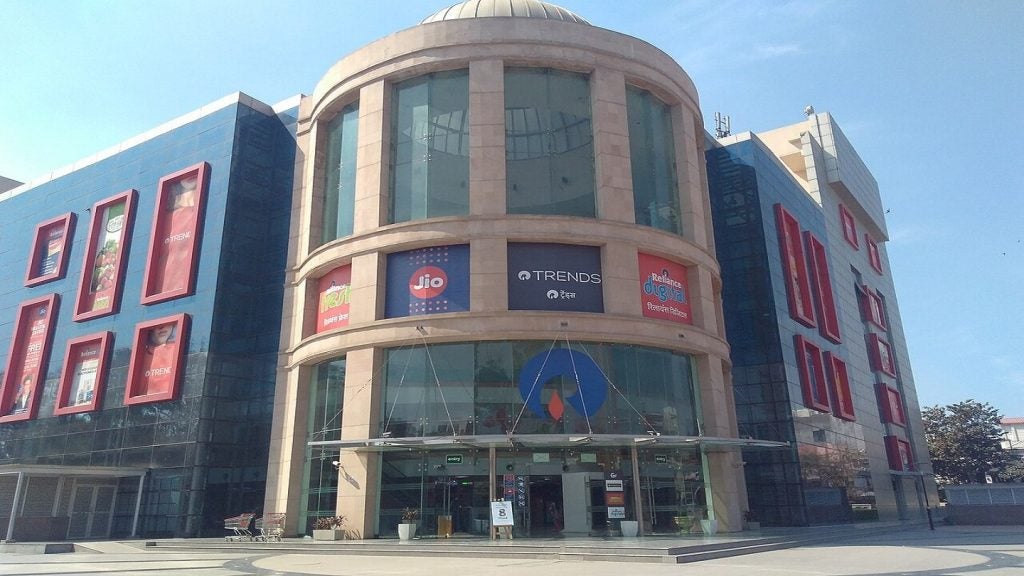The retail industry continues to be a hotbed of patent innovation. Activity is driven by risk mitigation, supply chain management, social responsibility, and data analytics and the growing importance of technologies such as fintech, robotic inventory management, and smart checkout. In the last three years alone, there have been over 59,000 patents filed and granted in the retail industry, according to GlobalData’s report on Internet of Things in retail: NFC product tagging. Buy the report here.
However, not all innovations are equal and nor do they follow a constant upward trend. Instead, their evolution takes the form of an S-shaped curve that reflects their typical lifecycle from early emergence to accelerating adoption, before finally stabilizing and reaching maturity.
Identifying where a particular innovation is on this journey, especially those that are in the emerging and accelerating stages, is essential for understanding their current level of adoption and the likely future trajectory and impact they will have.
50+ innovations will shape the retail industry
According to GlobalData’s Technology Foresights, which plots the S-curve for the retail industry using innovation intensity models built on over 126,000 patents, there are 50+ innovation areas that will shape the future of the industry.
Within the emerging innovation stage, in-store theft monitoring and automated self-service kiosks are disruptive technologies that are in the early stages of application and should be tracked closely. Smart checkout, interactive vending kiosks and modular autonomous delivery bots are some of the accelerating innovation areas, where adoption has been steadily increasing. Among maturing innovation areas are autonomous delivery vehicle navigation and smart PoS systems, which are now well established in the industry.
Innovation S-curve for Internet of Things in the retail industry

NFC product tagging is a key innovation area in Internet of Things
NFC product tagging utilizes near field communication (NFC) technology inbuilt in smartphones to scan product tags and provide information about it to the customer. The technology helps customers to easily access information such as pricing, promotions, and other details.
GlobalData’s analysis also uncovers the companies at the forefront of each innovation area and assesses the potential reach and impact of their patenting activity across different applications and geographies. According to GlobalData, there are 130+ companies, spanning technology vendors, established retail companies, and up-and-coming start-ups engaged in the development and application of NFC product tagging.
Key players in NFC product tagging – a disruptive innovation in the retail industry
‘Application diversity’ measures the number of applications identified for each patent. It broadly splits companies into either ‘niche’ or ‘diversified’ innovators.
‘Geographic reach’ refers to the number of countries each patent is registered in. It reflects the breadth of geographic application intended, ranging from ‘global’ to ‘local’.
[datawrapper id=aQ3zO title='Patent volumes related to NFC product tagging' type='lgp1']The leading players in the NFC product tagging space in terms of patents filed are Headwater Partners I, Headwater Research, Cox Enterprises, and AT&T. As a major network provider, AT&T provides a multitude of NFC tags to serve various purposes of a retailer. NFC product tagging makes it easier for retailers to catalog their inventory and manage supply according to the immediate demand for products. It also reduces pressure on in-store personnel as consumers become less dependent on the staff for trivial information about the products.
Visa is the leading company in terms of application diversity, while Time Warner Cable and Upaid Systems, are in the second and third positions, respectively.
In terms of geographic reach, Headwater Partners I leads the pack, followed by Nio and AT&T.
With growing usage of the technology, retailers can embed website URLs, infomercials, electronic brochures and product information into digital posters and electronic stickers, allowing shoppers to access the information when they scan them with their devices. NFC tags can also be curated to contain tailored information on deals, upcoming sales and other offers, making them an effective marketing tool for a retailer.
To further understand the key themes and technologies disrupting the retail industry, access GlobalData’s latest thematic research report on Internet of Things (IoT) in Retail and Apparel.















